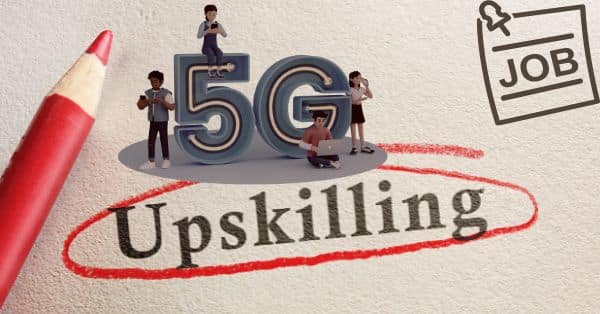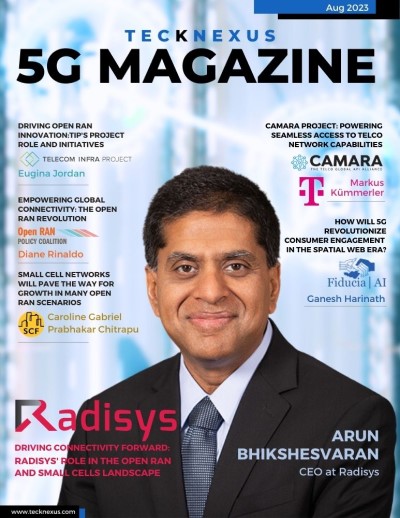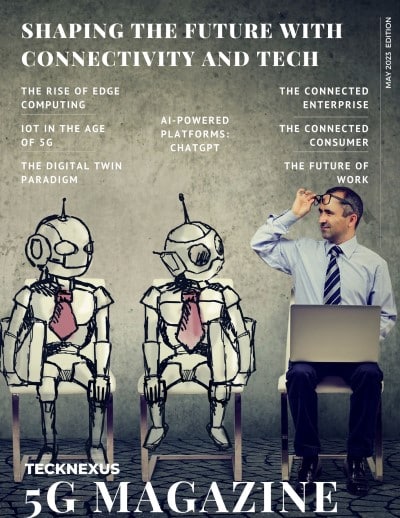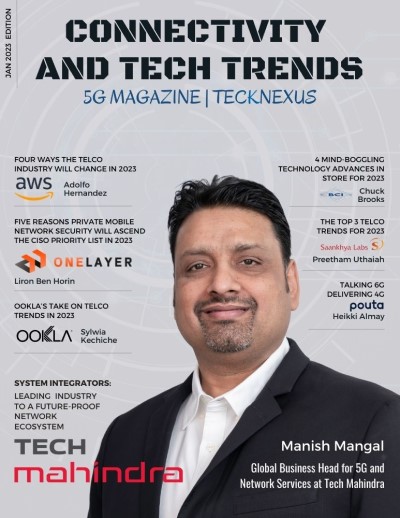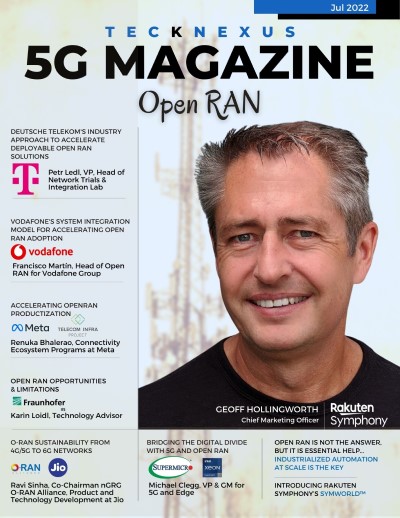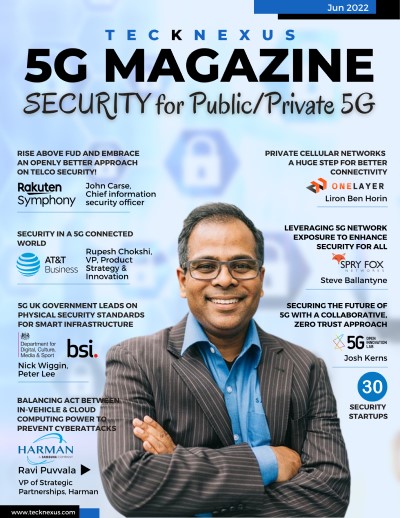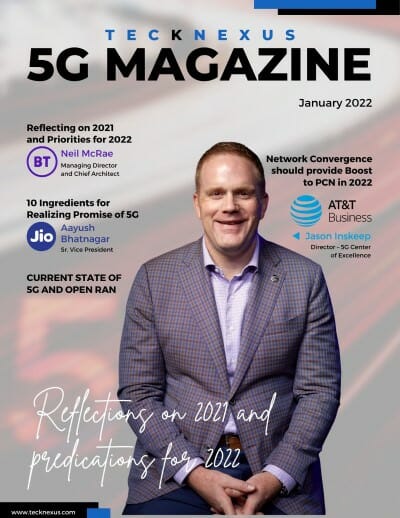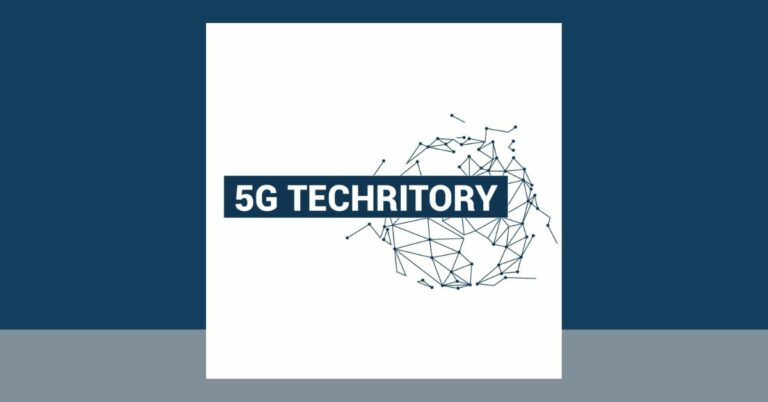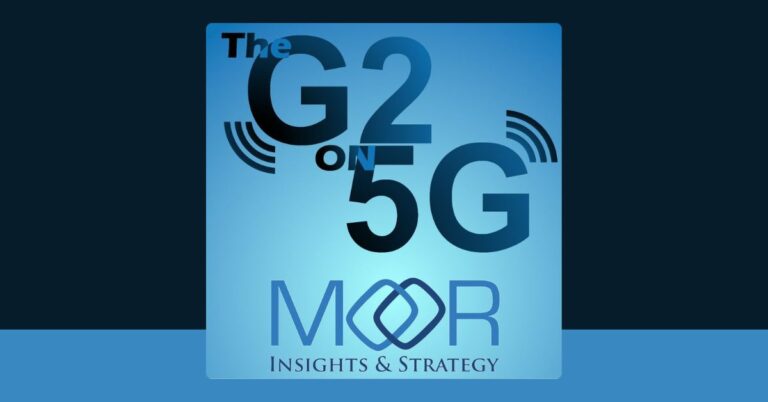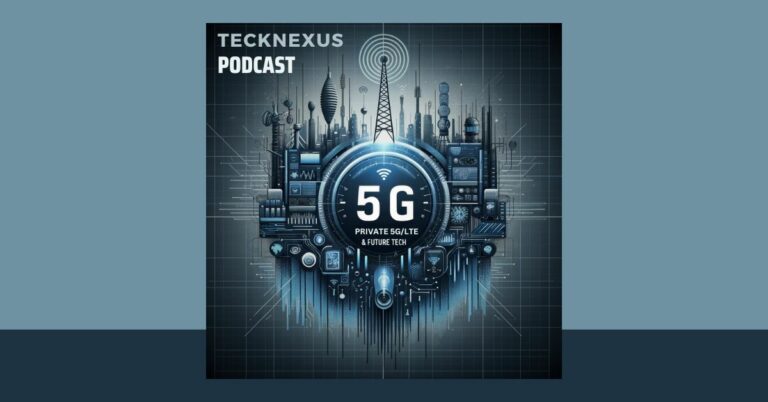India’s 5G Ambitions and the Talent Quandary
India stands at the forefront of the next technological wave, with the 5G revolution set to redefine multiple sectors. An analysis by the Telecom Sector Skill Council (TSSC) and Draup underscores the immense demand for skilled professionals, projecting a need for 22 million by 2025 in 5G-driven industries like cloud computing, robotics, and IoT.
The Current Telecom Landscape: A Deep Dive
At present, the Indian telecom sector faces a palpable demand-supply conundrum. A deficit of 2.41 million is already noticeable, and if current trends persist, this chasm could widen to 3.8 times its current state by 2030. Let’s break down the employment figures:
- Total employment: 11.59 million
- Corporate roles: 2.95 million
- Blue-collar positions: 8.24 million
Segments like Network Operation and Maintenance and Project Engineering predominantly engage corporate talent. In contrast, blue-collar workers find ample opportunities in Network Operation and Maintenance as well as Sales and Distribution – Service Segments.
The Web 3.0 Era and Beyond What’s in Store?
The transition to the Web 3.0 era signifies a transformative phase for the telecom sector. A shift is underway, with software’s role in telecom expected to triple. Furthermore, advancements in AI promise a leap to 6G Network Technologies by 2023. The synergy between IoT, RPA, AI/ML, the Metaverse, and 6G is not just a testament to technological evolution but also indicates a bright future for the telecom and tech sectors.
Voices from the Industry: A Vision for the Future
Arvind Bali, the CEO of the Telecom Sector Skill Council, sheds light on the telecom sector’s pivotal role in India’s economy. Accounting for nearly 6.5% of all FDI inflow, the industry is undeniably a major player. Bali’s projections are optimistic, with India expected to hold 11% of the world’s 5G subscriptions by 2027.
Bali’s address at the India Mobile Conference also emphasized a strategic roadmap. By focusing on reskilling initiatives and adopting targeted hiring strategies, especially in emerging cities, India can potentially address the looming talent gap. This proactive approach, combined with partnerships with educational institutions, can ensure that India remains at the vanguard of the 5G revolution.


